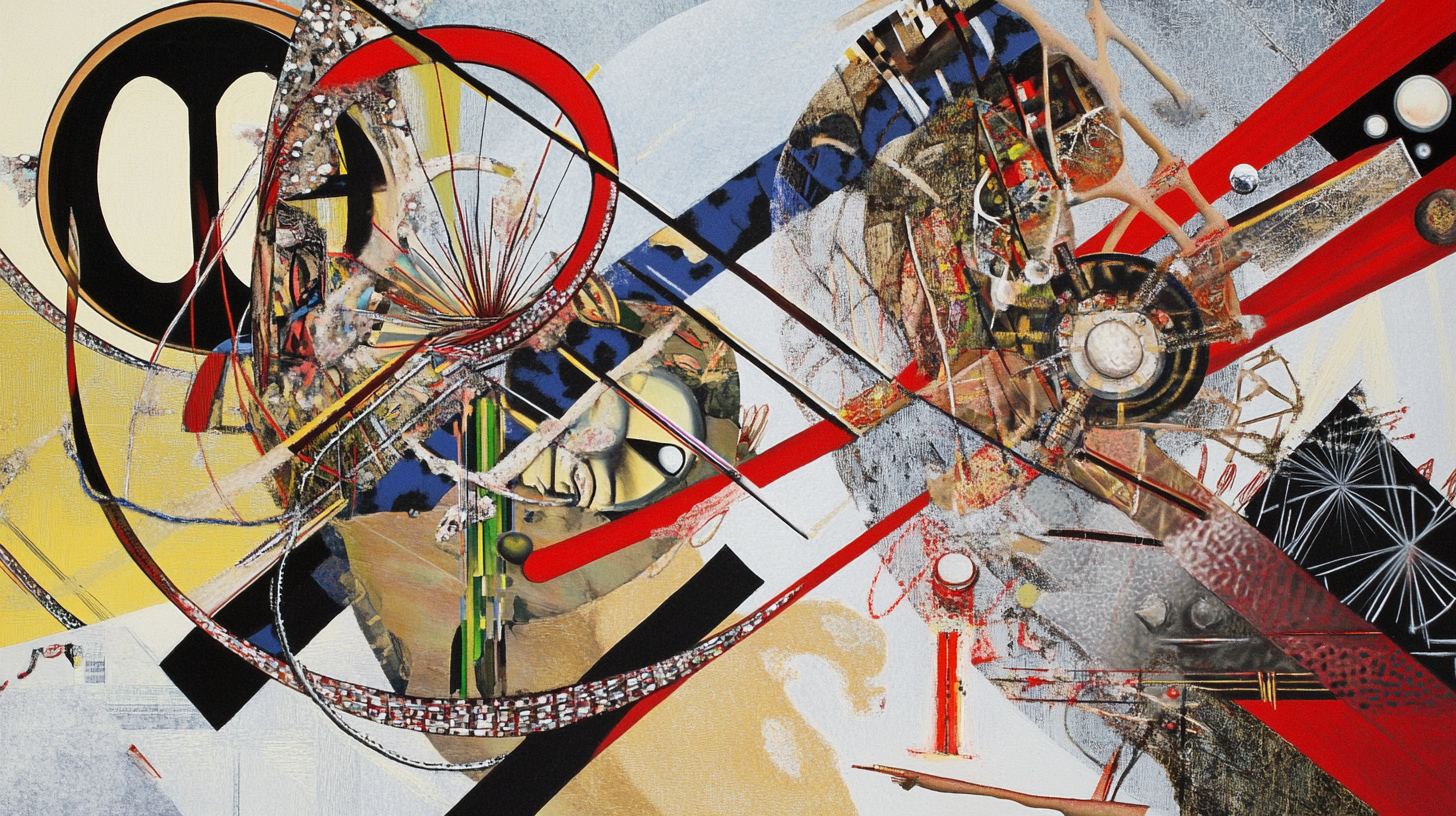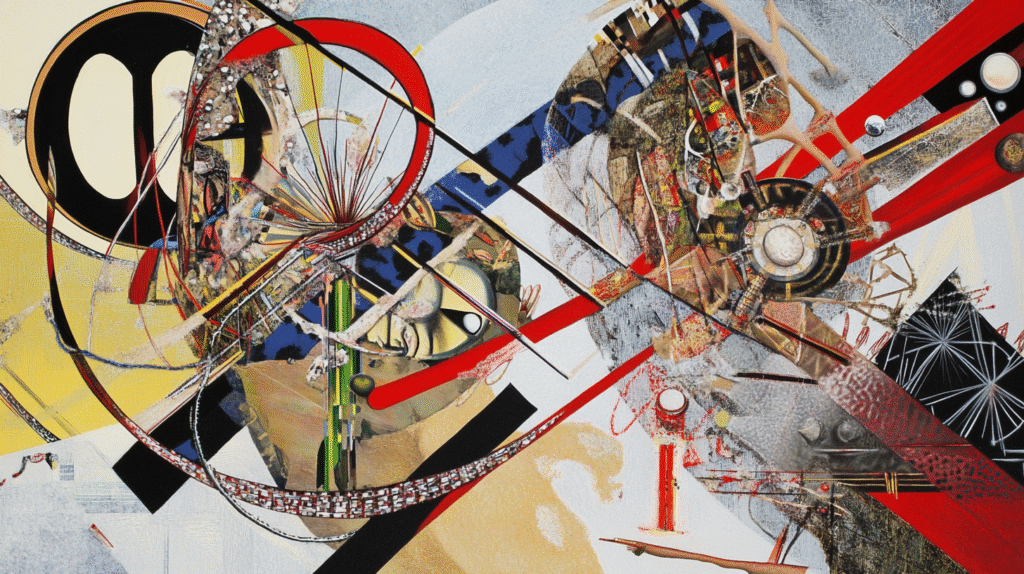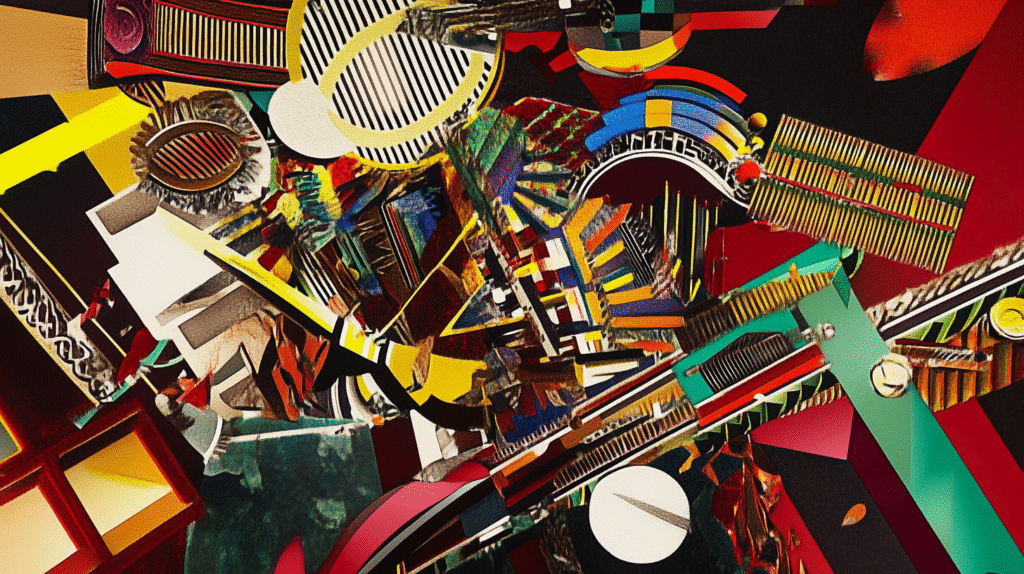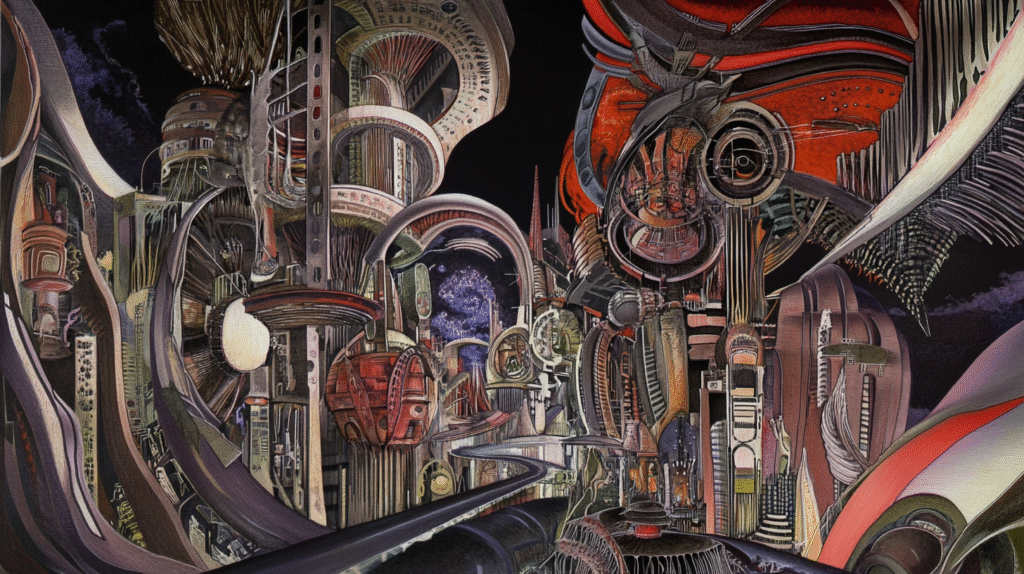Bauhaus Art
 AI-Generated ImageAI-Generated Image
AI-Generated ImageAI-Generated Image Bauhaus is a minimalist, functional art and design style that originated from the Bauhaus school in Germany (1919–1933). It emphasizes simplicity, utility, and harmony between form and function, rejecting decorative excess in favor of clean, modern aesthetics.
Rooted in the idea of unifying art, craft, and technology, Bauhaus style is known for its use of geometric shapes, bold typography, flat color, and grid-based layouts. It influenced architecture, graphic design, industrial design, and furniture—favoring modular structures, primary colors, and asymmetry.
In visual art and digital creation—including AI-generated work—Bauhaus represents clarity, balance, and precision. It’s ideal for designs that aim to be modern, efficient, and visually disciplined, merging artistic creativity with practical structure.
 AI-Generated Image
AI-Generated Image AI-Generated Image
AI-Generated Image AI-Generated Image
AI-Generated Image AI-Generated Image
AI-Generated ImageFrequently Asked Questions
What is the origin of the Bauhaus art style?
Bauhaus originated from the Bauhaus school in Germany from 1919 to 1933.
What are the key characteristics of Bauhaus design?
Bauhaus design emphasizes simplicity, utility, geometric shapes, bold typography, flat color, and grid-based layouts.
How did Bauhaus influence various fields?
Bauhaus influenced architecture, graphic design, industrial design, and furniture, favoring modular structures and primary colors.







All comments and suggestions are welcome.